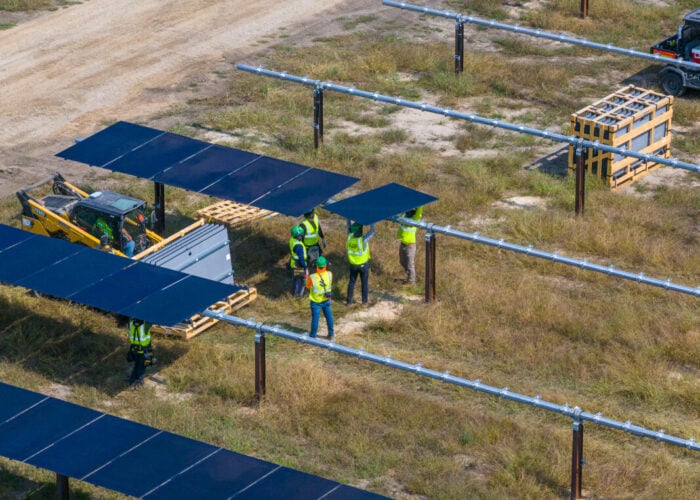Hitachi Chemical is to enter volume production of wavelength conversion particles (WCP) that can be coated to EVA encapsulants for crystalline silicon modules and are claimed to boost conversion efficiencies up to 2.2% (relative) over standard encapsulants.
The company said that the phosphors dispersed within acrylic resin particles could be mixed with EVA encapsulant sheets by the materials manufacturers, providing access to short wavelength light (ultraviolet light) and converting that into long wavelength light (visible light) with no impact on durability of the existing film formulations.
Try Premium for just $1
- Full premium access for the first month at only $1
- Converts to an annual rate after 30 days unless cancelled
- Cancel anytime during the trial period
Premium Benefits
- Expert industry analysis and interviews
- Digital access to PV Tech Power journal
- Exclusive event discounts
Or get the full Premium subscription right away
Or continue reading this article for free
The significant increase in efficiency was said to be achievable over conventional PV encapsulants via outdoor tests that comply with JIS C 8919 measuring methods for cell and module output power.
Hitachi Chemical noted that samples of the phosphor-based WCPs had already been provided to manufacturers and that mass-production and sales would begin shortly.
The company believes that the WCP technology can also be used for counterfeiting protection as well as for identification of authenticity.






